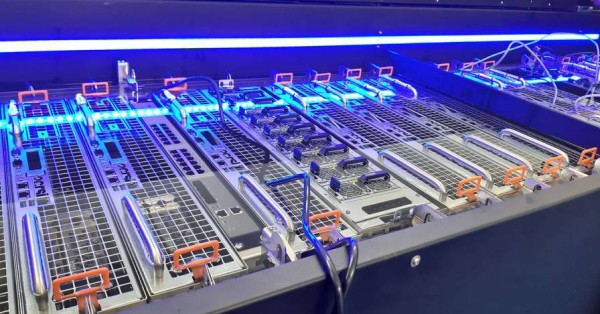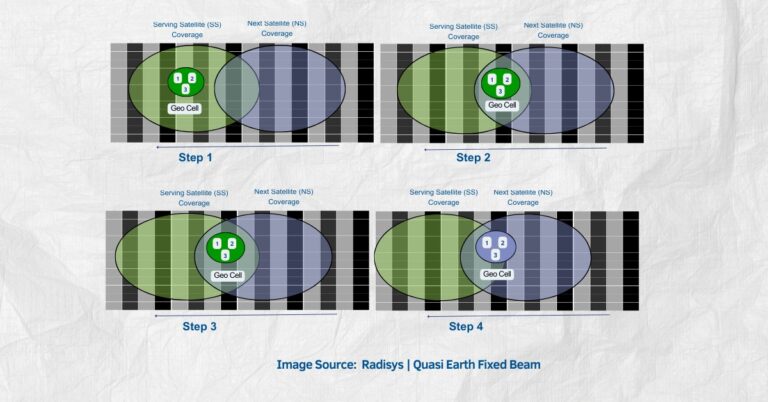AST SpaceMobile, the pioneering company behind the world’s first space-based cellular broadband network, has been selected by the United States Space Development Agency (SDA) for an Other Transaction (OT) agreement. This selection allows AST SpaceMobile to compete for prototype demonstration projects under the Hybrid Acquisition for proliferated Low-Earth Orbit (HALO) program. This contract marks an essential milestone for AST SpaceMobile, granting it an opportunity to demonstrate its unique space-based technology for both commercial and government applications.
Exploring the HALO Program’s Role in Space Innovation
The HALO program is a key initiative by the SDA aimed at accelerating innovation in space technology. With a focus on rapidly deploying advanced capabilities, the program seeks to drive competition and deliver next-generation technology solutions to the Department of Defense (DoD). This strategic approach supports faster development cycles and aligns with the SDA’s mission of fostering innovative space capabilities that enhance national security.
Why AST SpaceMobile’s Selection Matters in Space Tech Advancement
AST SpaceMobile’s selection as a prime contractor candidate under the HALO program reflects the company’s strong reputation for technological advancements in space-based communication. As part of this initial agreement, AST SpaceMobile will be positioned to compete for prototype orders, enabling it to showcase the scalability and feasibility of its technology for various government applications.
The company’s unique technology leverages the largest commercial phased array antennas deployed in low-Earth orbit (LEO), built upon a portfolio of over 3,450 patents and patent-pending claims. This robust intellectual property foundation enables AST SpaceMobile’s satellites to support a broad range of use cases, including secure government applications that go beyond standard communications—referred to in the industry as “dual-use” technologies.
AST SpaceMobile’s Phased Array Technology: Coverage, Security, and Reliability
AST SpaceMobile’s phased array technology offers notable benefits in terms of expansive coverage, system reliability, and security. Its satellite network, designed to operate directly with standard mobile devices without any need for modification, provides significant operational flexibility and scalability for diverse applications. This technology’s unique “dual-use” potential means it can address both communication and non-communication needs, aligning well with the SDA’s objectives in both commercial and defense sectors.
According to Chris Ivory, Chief Commercial Officer and Head of AST SpaceMobile’s Government Business Unit, “This initial contract validates our commitment to developing innovative solutions for national security space needs. Our space-based cellular broadband technology has the potential to enhance the SDA’s mission across transport, tracking, and ground layers in a secure and reliable way.”
Who is AST SpaceMobile? A Leader in Space-Based Broadband
AST SpaceMobile is on a mission to build the first global cellular broadband network operating in space, designed for direct connectivity with unmodified mobile devices. The company’s groundbreaking work addresses connectivity gaps, with a goal of reaching billions of mobile users worldwide who currently lack reliable broadband access. For the latest updates on AST SpaceMobile’s mission, follow the company on social media platforms including YouTube, X (formerly Twitter), LinkedIn, and Facebook.
To learn more about AST SpaceMobile’s unique approach and technological advancements, watch this overview video.
































